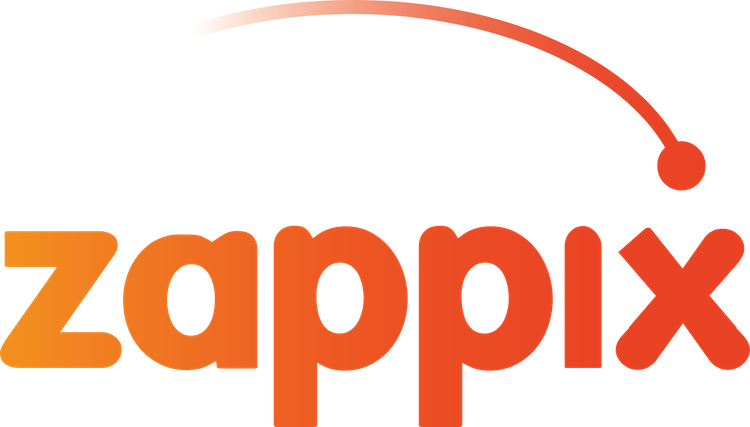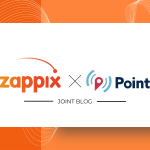Outreach Isn’t What It Used to Be
In the past, outreach meant sending a text or email and checking a box. Appointment reminders. Billing alerts. A seasonal promotion that looked the same for every recipient. But in 2025, that approach feels out of step.
Customer expectations have changed. People now expect communication to be timely, personal, and purposeful. They don’t want to be talked at; they want to be heard. They don’t want reminders; they want help.
So, what does great digital outreach look like today? It’s intelligent. It’s orchestrated. It’s interactive. And most importantly, it feels human.
From Broadcast to Engagement: The Evolution of Outreach
The old model of outreach was broadcast-based: generic messages sent in batches, with no feedback loop. Maybe it went out via SMS or email, but usually not both. There was little opportunity to respond or take action.
But digital outreach has matured. What started as multichannel messaging, where each communication lived in its own silo, has evolved into omnichannel engagement. Now, the most forward-thinking organizations are embracing something even more powerful: orchestrated outreach.
This shift brings with it:
- A move from static messages to personalized nudges that reflect real-time context.
- From one-way alerts to dynamic two-way conversations.
- From channel chaos to seamless continuity, where customers can jump between SMS, email, or voice and still feel understood.
In short, we’ve gone from just sending messages to designing meaningful moments.
Breaking Down the Five Pillars
1. Personalization at Scale
Today, messages are built dynamically using a person’s history, preferences, and behavior.
Whether it’s a reminder for an upcoming appointment or a nudge to complete a payment, people expect relevance. That means the message arrives at the right moment, through the right channel, with the right call to action.
This isn’t just a nice-to-have; it’s a must-have.
2. Omnichannel Continuity
Consumers don’t think in channels. They start reading an email, click a link, finish on their phone, and maybe follow up with a call. The experience needs to feel cohesive across every touchpoint.
Great outreach in 2025 connects those dots. It makes transitions between channels invisible and effortless, so the conversation picks up exactly where they left off.
3. Interactivity and Actionability
Messages shouldn’t be dead ends. They should be starting points! Think embedded links to self-service portals, options to connect with live chat, or even a direct link to a Visual IVR experience. Empower people to take action right from the message.
4. Intelligence and Timing
Effective outreach is no longer driven solely by the calendar. It’s driven by context.
That means triggering messages based on behavior. For example, a missed check-in or a payment that’s a few days late. It also means adjusting the tone and urgency based on risk or opportunity.
AI plays a key role here, helping organizations intervene before problems arise or nudge customers toward beneficial actions they might otherwise miss.
5. Feedback Loops and Optimization
You can’t just send and forget. We need to be constantly measuring: how many people opened that message? How quickly did they respond? Did they complete the intended action? These insights are gold, helping us refine future messages, tweak the timing, and make every interaction even more effective than the last.
Use Cases Across Industries
This isn’t just theoretical; it’s making a tangible difference today:
- Healthcare: Appointment reminders are no longer just dates and times. They’re personalized, include dynamic intake forms, and even offer transportation assistance if needed.
- Financial Services: Payment reminders now come with direct links to self-service portals, support options, and alternative payment plans, reducing friction and late fees.
- BPO/Contact Centers: Instead of waiting for problems to escalate into calls, proactive alerts help customers troubleshoot on their own. This helps free up agents and improve satisfaction.
Challenges to Getting There
Getting to this level of sophisticated outreach isn’t without its hurdles. Often, we’re battling siloed systems and fragmented data, which makes it tough to get a full picture of the customer journey. Many organizations still lack the robust journey orchestration tools needed to pull this all together seamlessly.
But overcoming these challenges presents an enormous opportunity for customer experience (CX) differentiation. Great outreach doesn’t just make your customers happier; it builds trust, significantly reduces operational costs, and boosts satisfaction across the board. The organizations that move from simply reminding people to truly engaging with them will be the ones that stand out in a crowded market.
Zappix Perspective: Orchestrating Next-Gen Outreach
At Zappix, we’ve seen how transformative great outreach can be.
Our work in this space has shown us that to achieve truly intelligent, orchestrated outreach, you need the right tools. We’ve focused on developing a platform that helps organizations connect these dots by enabling:
- Event-based triggers that respond to real-time behavior, making messages timely and relevant, rather than just calendar-driven.
- Hyper-personalized content that adapts to individual needs and contexts.
- Seamless handoffs between digital self-service and live support, including Visual IVR.
- Multichannel orchestration that spans SMS, email, and phone, ensuring that regardless of the channel, the conversation feels continuous and cohesive.
From our perspective, digital outreach is no longer just about sending messages; it’s about crafting a guided, intelligent experience. It’s about driving meaningful action, building lasting loyalty, and ultimately, delivering tangible business results through more effective communication.
Why It Matters
Ultimately, the goal of better outreach isn’t better outreach. It’s a better relationship. Stronger connections. Lower costs. Higher retention.
When organizations stop thinking about what they want to say and start thinking about what customers need to hear, when, where, and how they want to hear it, that’s when outreach stops being a burden and becomes a competitive advantage.
And in 2025, that’s what separates the good from the great.





